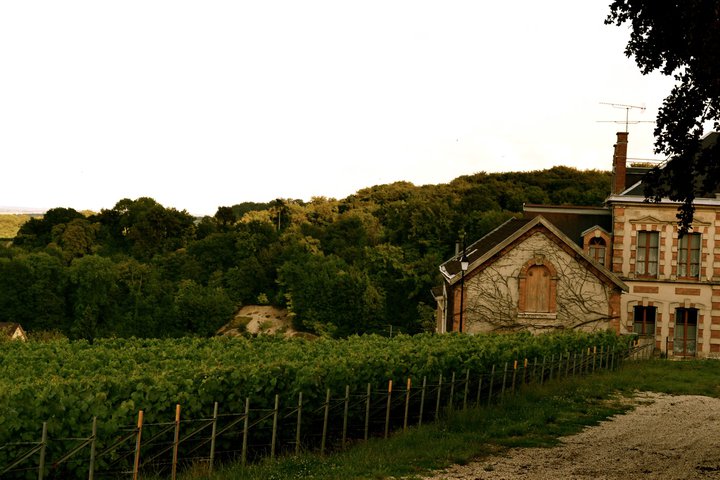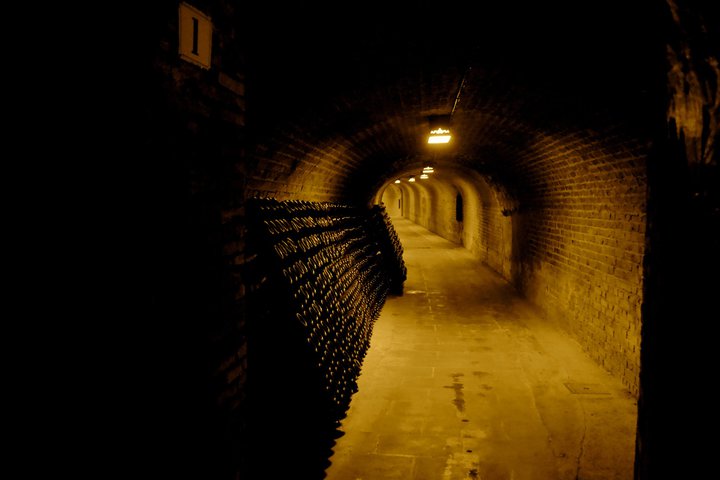Wine laws have existed in Europe for several centuries. One of the oldest wine laws in Europe was created by Reichstag in the Holy Roman Empire in 1498 to combat wine fraud. In the mid-nineteenth century, during the Great French Wine Blight, an overwhelming abundance of wine fraud due to a diminishing supply triggered a need for a strong wine law in France. The wine legislation conceived as a result of the Great French Wine Blight evolved into the Appellation d’Origine Contrôlée (“AOC”) system, and is the basis for common EU regulations.

Today, wine laws regulate protected designations of origin, classification of wine, and labeling practices. Regulations allowed additives and procedures of viticulture and winemaking are also covered under wine law. The law functions at three levels: regional, state, and local. Appellation-based regulations are included in wine laws of several EU countries. These cover permitted varieties of grapes and practices in wine making. Examples of such appellation-based systems are the Portuguese Denominação de Origem Controlada (“DOC”), the Spanish Denominación de Origen (“DO”), the Italian Denominazione di Origine Controllata (“DOC”), and the French Appellation d’Origine Contrôlée (“AOC”).
In the European Union, the Common Agricultural Policy (“CAP”) lays down the wine regulations (known as “The European Council and Commission Wine Regulations”) that are common to the wine laws of most of the member countries. The rules and regulations laid out by the CAP Wine Regime are meant primarily to create an open and balanced market while governing all the principal sectors of the wine industry. These include well-defined rules for producers that cover production procedures, classification of wines, and oenological processes and practices. The rules also govern trading practices in the EU by providing a range of support and structural measures, details for labeling wine, descriptions of wines, and restrictions on the amount and quality of imports from non-EU nations.
The European Council and Commission Wine Regulations apply to all EU members. The Commission issues notices and directives from time to time for enforcement purposes. The Wine Regulations is a national Statutory Instrument (“SI”), which is reissued periodically. It is updated by regular amendments in the SIs issued to cover new or reformed legislation. Besides the generic regulations that apply to all EU countries as a whole, individual countries have their own additional frameworks for governing the wine industry. These additional laws are usually, but not always, confined to winemaking aspects like what percent of a grape species must be included in a particular label of wine with that variety name. As an example, the AOC system is ascribed to French wine professionals in order to ensure the authenticity of origin and that standard winemaking practices are in place.

In the UK, all of the European Commission Regulations are enforced by the Food Standards Agency. Additional wine rules in the UK, defined by the statutory instrument and known as the “The Wine Regulations 2011,” allow the UK to enforce community rules. The Food Standards agency functions seamlessly with growers and traders by helping them comply with the law by offering education and advice. The Food Standards agency also conducts an inspection program to deliver a cost-effective and targeted service using risk analysis. This agency identifies, analyzes, and forwards instances of breach of the law for further legal action by working closely with other regulatory bodies such as Defra, HM Revenue and Customs (“HMRC”), and local authorities.
References:
Photographs are property of Lindsey A. Zahn.
Comment